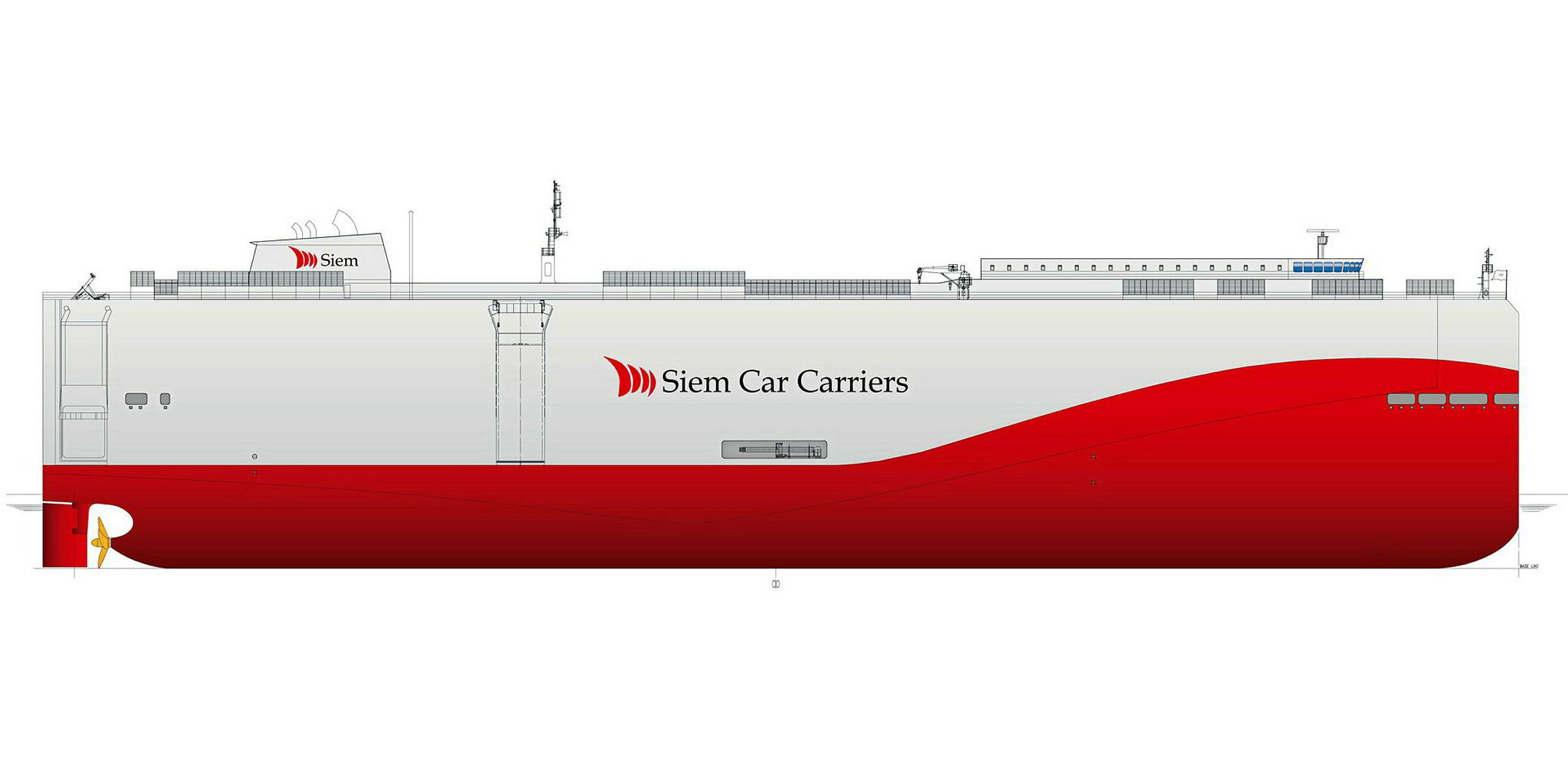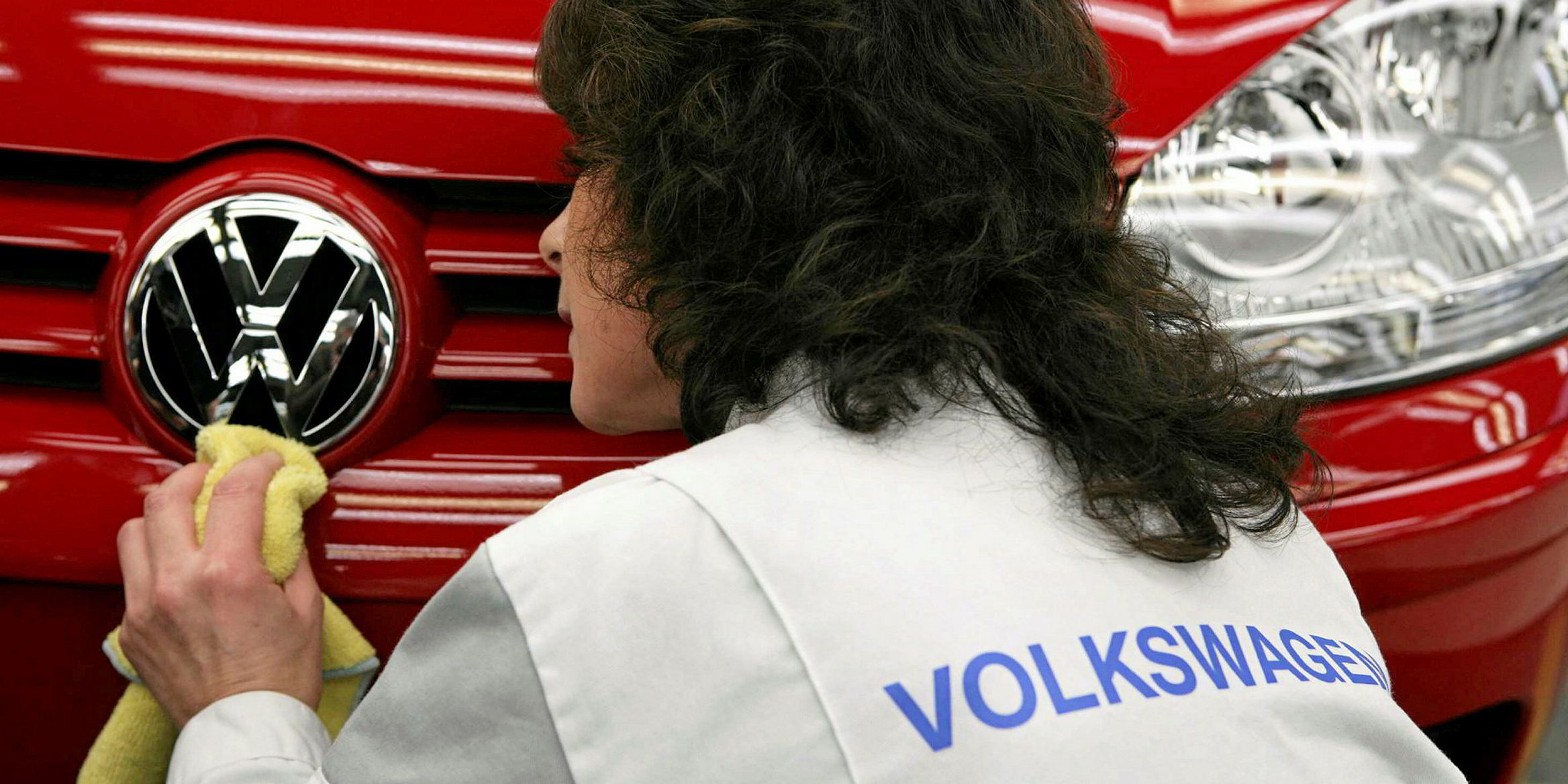Shell, shipowner Siem Car Carriers and Volkswagen have done something huge for the emerging LNG fuelling sector.
The volumes to be supplied by Shell to bunker two pure car carrier newbuildings being constructed by Siem in China may not be large.
But the fact that the vessels, which are being chartered to Volkswagen Group to replace two ships currently operating on heavy fuel oil, will ply a regular route between Northern Europe and the US marks a breakthrough.
This is the first publicly announced intercontinental trade to be served by vessels fuelled with LNG, establishing that it is possible to put supply in place to support a long-haul trade.
Siem Car Carriers chief executive Kenneth Ross told TradeWinds: “In our view, LNG has the lowest environmental impact of any fuels suitable for vessels engaged in deepsea operations. Capital cost is an issue, but with the support of our partners we were able to build an acceptable long-term business case.”
Peter Keller, who chairs industry body SEA/LNG, described the deal as “an important supply contract and the first of many between various worldwide entities”.
Peter Keller: [This is] an important supply contract and the first of many between various worldwide entities
Corporate responsibility
“The benefits of LNG as an environmentally important maritime fuel will continue to be embraced by all business sectors that see their corporate social responsibility as a core principle,” he said. “Certainly, the automotive industry is one of those sectors and we must expect that this will extend to their global supply chain.”
In the past few months, companies working closely with gas-fuelling initiatives have been flagging up the car carrier business as “the one to watch” in terms of companies that might be next to adopt LNG fuelling.
Pure car/truck carriers (PCTCs) move on regular routes, making it easier to establish LNG bunkering arrangements for vessels at either end of the chain. In addition, technical experts say the ship sizes and usual voyage duration make it possible to fit LNG bunker tanks of a capacity that does not take up cargo space.
But for PCTCs, there may be another key driver. Gas market players point to the public perception of vehicle manufacturers, such as Volkswagen, which has been battling the headwinds of the fallout from its 2015 diesel car emissions scandal, and their desire to be seen to be making clean fuel choices.
Detailing the CO2, NOx and SOx reductions LNG can provide, Volkswagen says Siem submitted a proposal for the PCTCs that was “convincing in economic and environmental terms”.
The German car giant went on to describe these vessels as a “first milestone”, saying it was looking at the switch of other conventionally powered ships to LNG drive systems, although this would depend on the availability of bunkering infrastructure.

This additional “image factor” is seen as having been a key driver for the cruiseship industry, which has 14 LNG-fuelled vessels on order, with more expected to follow.
As is typical with confirmed LNG bunker supply deals, details of the Siem-Shell agreement are still incomplete. Shell simply announced the companies had signed a “long-term” on the two newbuildings.
Ross confirms the vessels will be bunkered by ship, initially in Emden, northern Germany, by a barge operating out of Rotterdam. Shell announced in August that it is chartering in a 3,000-cbm LNG bunker barge newbuilding to be based in the Dutch port.
Ross says options for LNG bunkering on the US East Coast and US Gulf will be available by the time the ships are in service.
Siem contracted the 7,000-ceu PCTCs in May at China's Xiamen Shipbuilding Industry for delivery in the first quarter of 2019. They are being fitted with two 1,650-cbm type-C bunker tanks in the lower holds, which Ross says will give them capacity to undertake 1.5 transatlantic round voyages.
Siem’s PCTCs will join United European Car Carriers’ two 3,985-ceu LNG-fuelled ships, which delivered this year and are currently bunkered in Zeebrugge by Gas4Sea’s 5,000-cbm LNG bunker vessel Engie Zeebrugge (built 2016).
Ross says “it is likely” that Siem could order further LNG-fuelled vessels but this will be reviewed on a case-by-case basis. “LNG distribution for vessels is in its infancy and needs to be much more widespread for this to become the default choice,” he added.
But other large car manufacturers look set to follow Volkswagen’s lead.
Japan's big three shipowners are already engaged in a project that could see up to 20 LNG-fuelled car carriers built for Toyota. These owners are also contributing to a joint feasibility study between the Singapore and Japanese port authorities that is examining LNG bunkering for car carriers sailing between the two countries.



